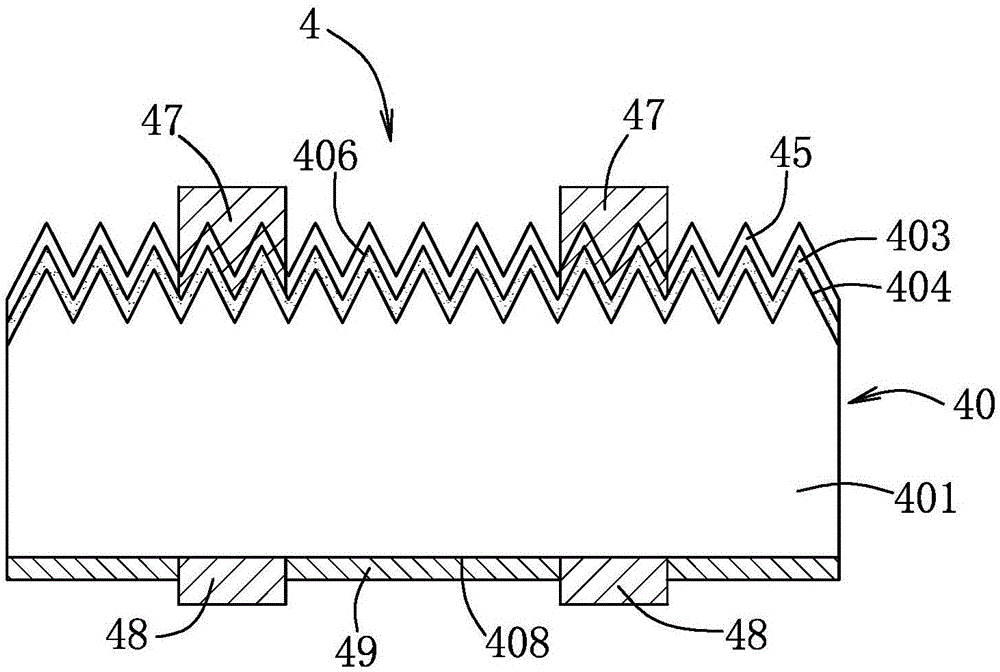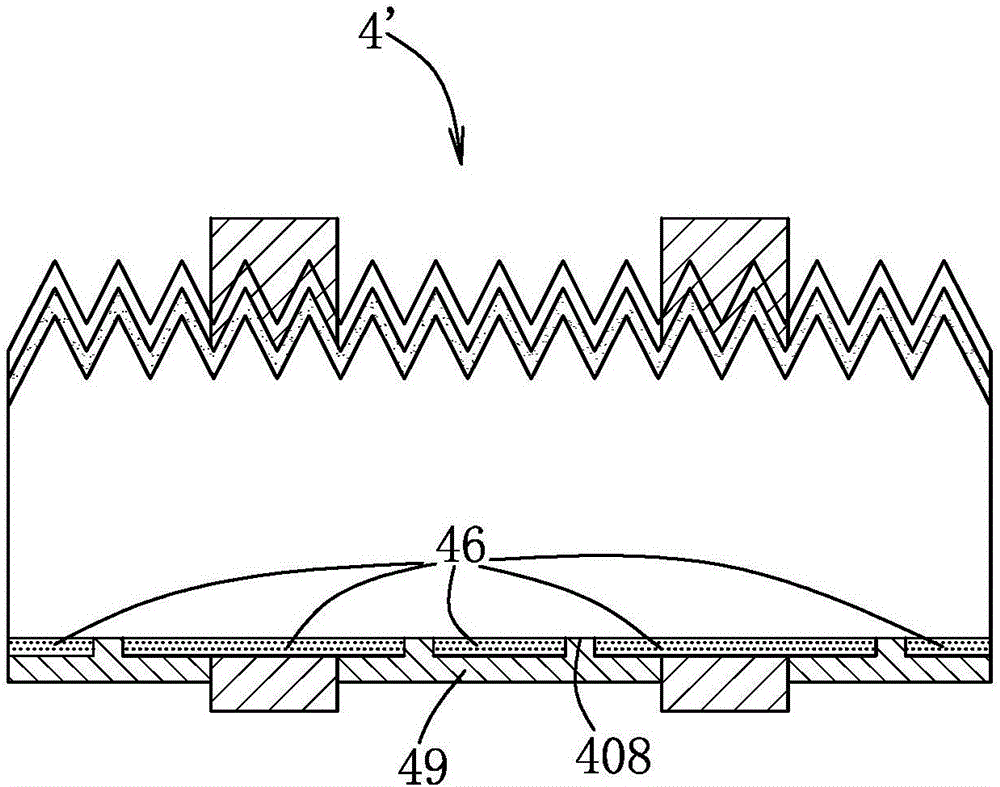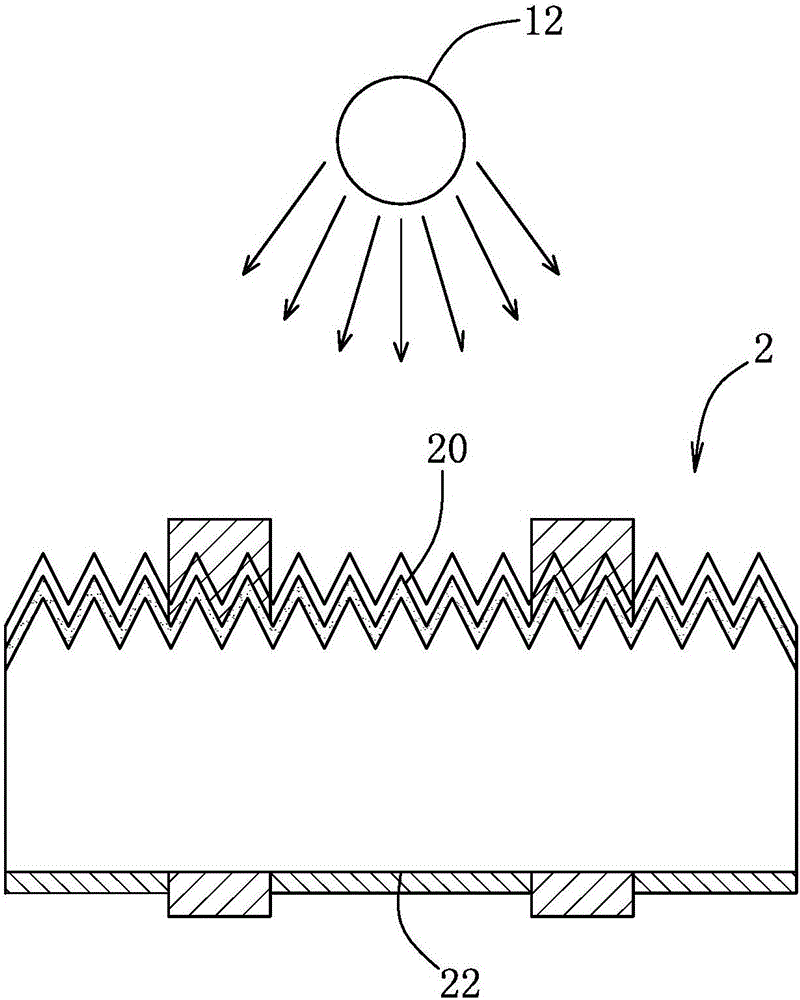Method and system for suppressing light-induced attenuation of photovoltaic elements
A photovoltaic element and light-induced attenuation technology, which is applied in photovoltaic modules, photovoltaic power generation, electrical components, etc., can solve problems such as disappearance and decrease in photoelectric conversion efficiency of photovoltaic elements, and achieve the effect of suppressing light-induced attenuation
- Summary
- Abstract
- Description
- Claims
- Application Information
AI Technical Summary
Problems solved by technology
Method used
Image
Examples
Embodiment Construction
[0049] The present invention will be described in detail below in conjunction with the drawings and embodiments.
[0050] See image 3 An embodiment of the method for inhibiting (Inhibiting) the light-induced degradation (LID) of a photovoltaic element of the present invention includes the following steps:
[0051] (A) Lighting treatment:
[0052] Without the interference of ambient light (Ambient Light), a light emitted from a luminous source 12 is used to perform a light treatment on a photovoltaic element 2 to heat the photovoltaic element 2. The light has a wavelength not less than 300 nanometers.
[0053] The light-emitting source 12 used for the illumination treatment is an infrared lamp, a halogen lamp, a semiconductor light-emitting element, an organic light-emitting element, or a combination of at least one of the foregoing.
[0054] For example, the photovoltaic element 2 includes a silicon substrate doped with boron or oxygen, or a silicon substrate doped with boron and gall...
PUM
 Login to View More
Login to View More Abstract
Description
Claims
Application Information
 Login to View More
Login to View More - R&D
- Intellectual Property
- Life Sciences
- Materials
- Tech Scout
- Unparalleled Data Quality
- Higher Quality Content
- 60% Fewer Hallucinations
Browse by: Latest US Patents, China's latest patents, Technical Efficacy Thesaurus, Application Domain, Technology Topic, Popular Technical Reports.
© 2025 PatSnap. All rights reserved.Legal|Privacy policy|Modern Slavery Act Transparency Statement|Sitemap|About US| Contact US: help@patsnap.com



